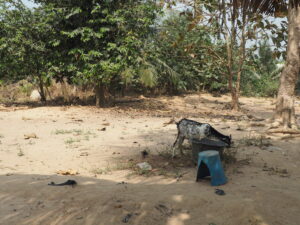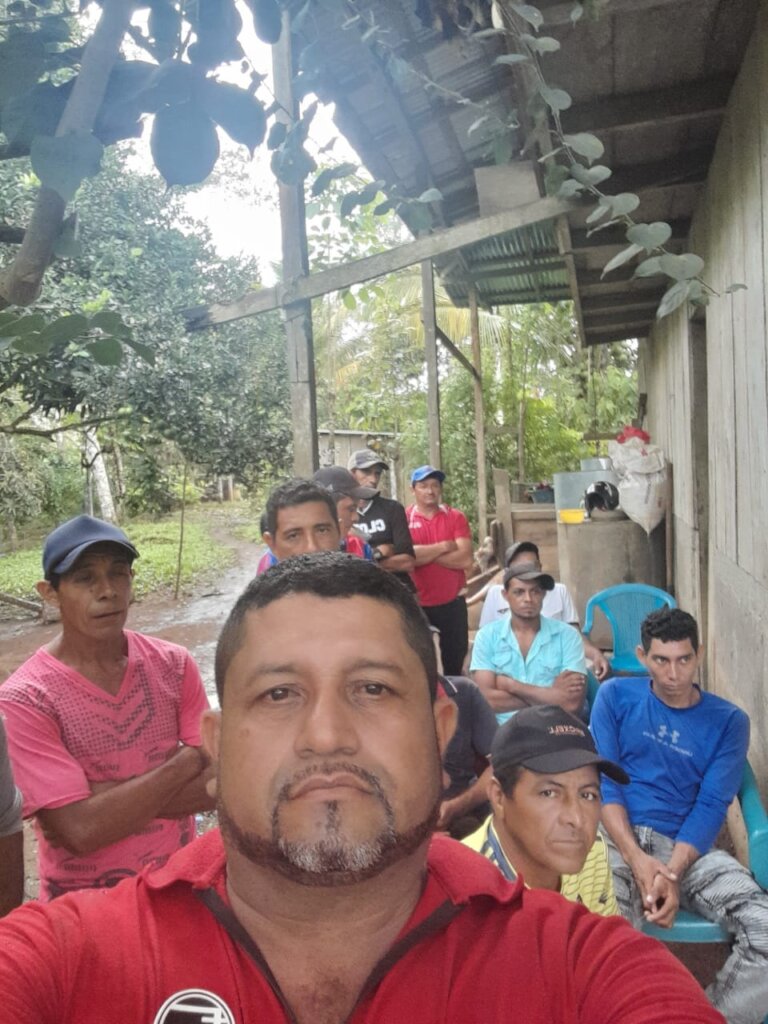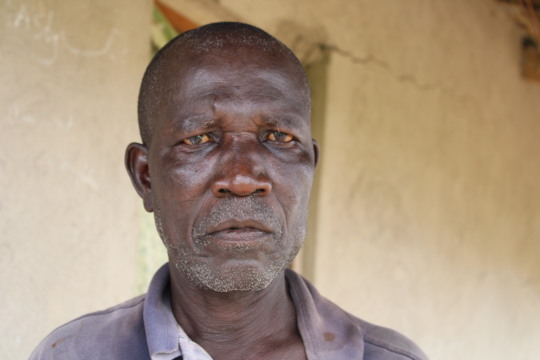
Sometimes Rabbits Need Parenting Lessons, Too

Bunnies at the training center!
By Emmanuel Obiri Laryea – Agriculture & Entrepreneurship Program Officer
Rabbit farming is a profitable business venture that is gaining recognition throughout Ghana and around the world. It is one of the “trendy” agribusiness ideas from which people can earn a lot of money. It is also very easy to start up because it requires only a little bit of capital, time, labor, and space. Demand for rabbit meat is also increasing due to its reputation for having a higher amount of digestible protein and a lower amount of fat and cholesterol than other meat available in Ghana.
In addition to meat production, rabbits can be used for other income sources. For example, rabbit urine can be used by farmers as an insecticide and a fertilizer; rabbit skin and fur can be used in the production of clothes; and a rabbit’s droppings can be used as food for tilapia for farmers with fish ponds.
Looking at how lucrative this business venture is, it became a priority for Self-Help International’s Young Adult Training Center to offer hands-on training in raising rabbits to its clients. However, there were some challenges.
A Bad Reputation
In February 2018, there was only one female rabbit, and she had been labeled as a “bad mother” due to her inability to care for her babies on four different occasions. Initially, Self-Help made the decision to sell her; but, the Agricultural Entrepreneurship Development (AED) team reassessed the situation and saw the inability of the mother rabbit to care for her babies as an opportunity to explore possible solutions. The thought was that learning from the mother could lead to new information to include in training sessions and disseminate to rabbit farmers.
The female rabbit was introduced to a male rabbit for mating, and she delivered seven bunnies, two of which died at birth. The remaining five babies were fed twice daily (once in the morning and once in the evening) by holding the female rabbit and allowing the bunnies to breastfeed. This process was done for a period of two to three weeks and all five bunnies survived.
Seeing Positive Change
After two months, the female rabbit was once again introduced to a male rabbit in order to observe if there had been changes in the way she took care of her babies. The female rabbit gave birth to one baby bunny a month later, and the baby bunny was critically observed daily to see if the mother had been feeding it. The mother breastfed the bunny and took care of it without being held or forced.
Of the bunnies from her first litter, three of the five were also poor parents to their own offspring. The same process and approach was used on them to turn them into successful parents.
As of July 2019, the training center has 26 rabbits and counting from that one female rabbit tagged as a “bad mother.” This number could have been greater, but the training center was limited due to a lack of space for new rabbits.
In 2019 alone, the AED team has been able to train four new entrepreneurs to build their knowledge and skills on appropriate practices in rabbit rearing and all four have started with their business. Two existing farmers who were having a challenge with their rabbits giving birth have been assisted to overcome that challenge.

 Previous Post
Previous Post Next Post
Next Post



